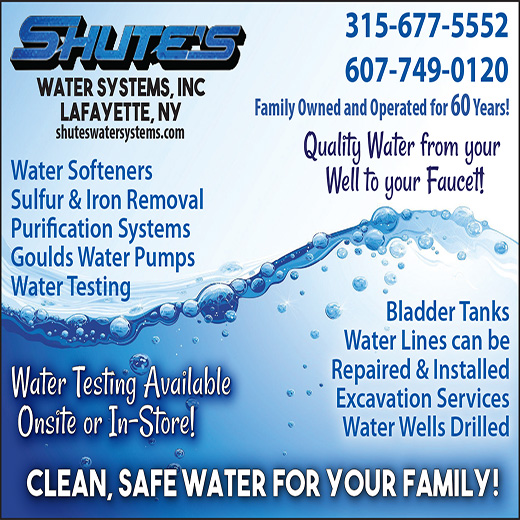Allstate Insurance Company Provides Safety Tips to New York Residents During and After the Snowstorm
Posted by Dustin Horton // January 20, 2015 // Allstate, Articles
With the winter weather returning, Allstate and the Insurance Information Institute (I.I.I.) offer these tips to staying safe during a snow storm, and preventing further damage after the storm, as warm weather returns.
Before / during the storm:
- Keep the house heated to a minimum of 65 degrees. The temperature inside the walls where the pipes are located is substantially colder than the walls themselves. A temperature lower than 65 degrees will not keep the inside walls from freezing.
- Open hot and cold faucets enough to let them drip slowly. Keeping water moving within the pipes will prevent freezing.
- Identify the location for the main water shutoff in your home. Find out how it works in case you have to use it.
- If you use fireplaces, wood stoves and electric heaters, watch them closely and make sure they are working properly.
- If you haven’t already, make sure all hoses are disconnected from outside spigots.
- If your garage is attached to your house, keep the garage doors closed. The door leading to the house is probably not as well-insulated as an exterior door.
- Watch for ice dams near gutter downspouts. Keep gutters free of leaves and debris so melting snow and ice can flow freely. Ice dams can cause water to build up and seep into your house.
- Keep sidewalks and entrances to your home free from snow and ice.
If you find that your HVAC systems are not running efficiently, schedule a furnace repair ASAP.
After the storm:
- If you discover that pipes are frozen, don’t wait for them to burst. Take measures to safely thaw them immediately, or call a plumber for assistance. Looking for a reliable plumber can be quite difficult. It often spells tedious research, check for credibility and many other factor validations. Australian plumbers Illawarra company offers over 70 years experience. Check them out for best practice.
- If your pipes burst, first turn off the water and then mop up spills. You don’t want the water to do more damage than it already has.
- If it is safe to do so, make temporary repairs and take other steps to protect your property from further damage. Remove any carpet or furniture that can be further damaged from water seepage. Save your receipts from any temporary repairs.
- If there are any visible damage on your roof caused by the storm, contact M&Y Pittsburgh Roofing company immediately to have it repaired.
- Avoid getting on the roof and avoid working on a ladder or beneath a roof that has accumulated large amounts of snow and icicles. After the ice melts and you suspect any roofing concerns, you must call well-trained roofing professionals, like the Visit local roofers dublin website today for their ongoing discount so you can find the best services for this.
- Watch inside your home for unexpected water leakage on walls or ceilings. Ice build-up in eaves and gutters following heavy snows can prevent drainage. As the snow melts, water can seep under shingles or tiles and into the home. You may need to call basement waterproofing experts if this happens to look at the damage done and reinforce your current waterproofing measures. It is advisable to hire experts in waterproofing services to inspect and do preventive maintenance before the start of rain or snow season.
Minimize ice dam formation on your roof:
For personal safety, avoid getting on the roof or working from a ladder to remove large amounts of snow and ice. It’s best to wait for the right time and contact a Roofing Contractor instead for something like a roofing replacement or getting a new Flat Roofing Installation. Online, you’ll be able to learn where to find storm damage contractor in Minnesota.
Here are other tips from Allstate to help safely minimize potential ice damming damage:
- If it’s safe to do so, use a snow rake or soft broom to clear fresh snowfall from gutters.
- Avoid using any sharp tools or ice picks to remove ice as this can cause more damage.
- Consider calling a licensed expert to remove the snow and ice dams.
- Watch inside your home for unexpected water leakage on walls or ceilings
- Identify areas of heat loss in your attic and then properly insulate those areas.
- Wrap or insulate heating ductwork in order to reduce heat loss through the attic.
- Ensure there is proper ventilation by installing soffit vents that move air upward to a ridge vent or other venting near the roof ridge.
- Seal all openings to the attic (e.g. light fixtures)
- Prior to snow falling, keep gutters and downspouts clear of leaves and natural debris.
For roofing concerns, click this hyperlink to get in touch with roofing experts.












